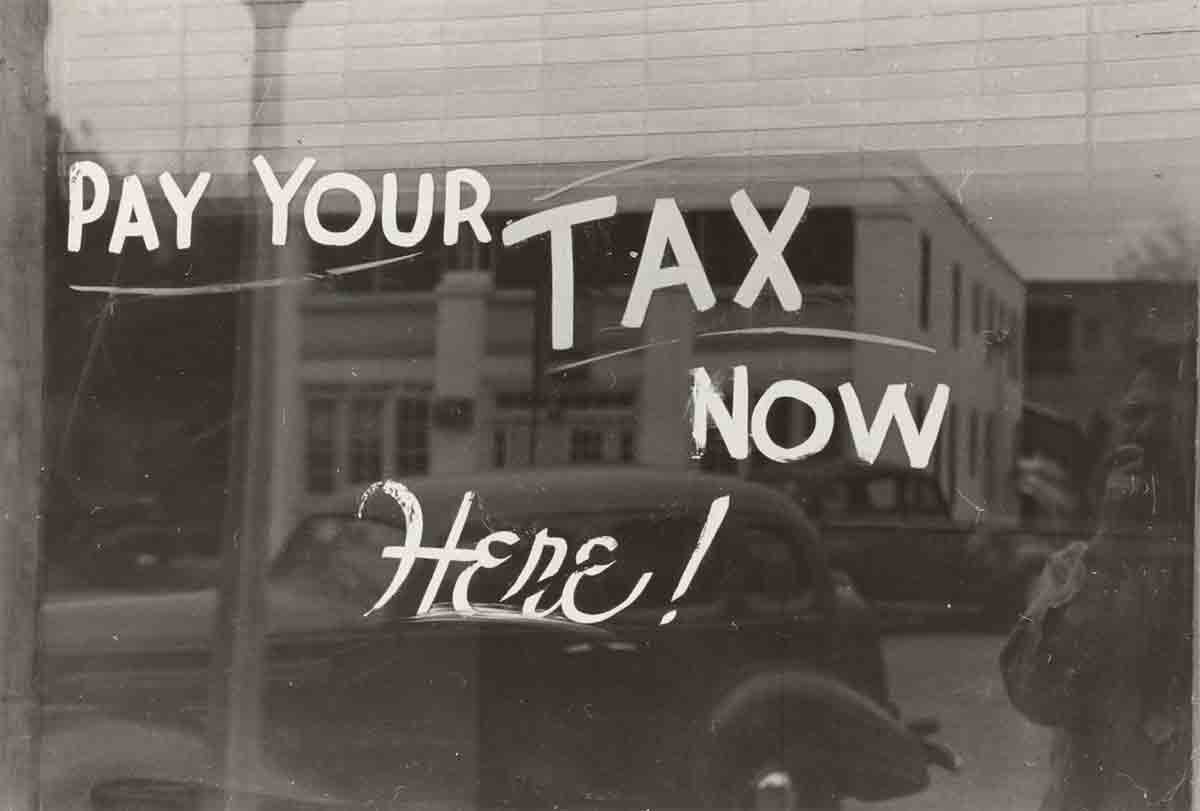In a heartfelt endeavor to salvage the Skid Row Housing Trust, Los Angeles city taxpayers are shouldering a burden nearing $40 million. The journey to rescue this nonprofit, marred by financial collapse earlier this year, has become a shared responsibility. City officials, grappling with challenges and unforeseen expenses, emphasize the urgency to prevent a potential humanitarian crisis.
Battling the Crisis on Skid Row
Skid Row Housing Trust, once hailed as a model for operating permanent housing with supportive services, faced a downward spiral leading to its imminent failure. Unstable leadership, mismanagement, and a widening gap between public assistance programs and property management costs brought the nonprofit to the brink. In the final months before court intervention, the dire conditions reached a breaking point, underlining the pressing need for intervention.
City Councilmember Bob Blumenfield, in a recent interview, stressed the city’s commitment to preventing a humanitarian catastrophe. Abandoning Skid Row’s largest landlord was deemed unthinkable, with potential consequences including the destruction of affordable housing, community blight, and the displacement of numerous individuals onto the streets.
A City in Transition
While facing criticism for blown budgets and operational missteps, city officials are navigating the challenging path of transitioning the trust’s properties to other nonprofit housing providers. The recent approval of $15 million in spending, pending full council approval, reflects a continued commitment to covering expenses through June.
Several trust properties have already found new landlords, providing a glimmer of hope. However, a dozen of the trust’s oldest and most troubled buildings remain, presenting a future challenge. Plans for redevelopment, estimated at $70 million, are underway, with a focus on creating studio apartment complexes for the same cohort of tenants.
Challenges and Frustrations Along the Way
The city’s rescue efforts have not been without hurdles. Mistakes, budget overruns, and a reliance on a financial structure mirroring the one that contributed to the trust’s downfall have frustrated council members. In a recent hearing, Councilmember Monica Rodriguez candidly expressed uncertainty about the city’s ability to navigate the situation successfully.
The receivership, a key component of the rescue plan, faced challenges when the initially chosen receiver, Mark Adams, struggled to raise funds and manage the properties effectively. His resignation in June marked a turning point, prompting the city to step in and finance the receivership directly.
Financial Strains and Road Ahead
Financial strains persist as the receivership struggles with low rental income from the properties. Ann Sewill, general manager of the Los Angeles Housing Department, highlighted the discrepancy, noting that the properties cost approximately $1,000 per unit to run monthly, while rental revenues average $700 per unit.
Rehabilitation efforts have been hampered by funding shortages, leading to a halt in repairs during October. The recent cash infusion is a lifeline, allowing the receiver, Kevin Singer, to resume efforts to address the more than 900 city code violations that existed when he took over.
PEOPLE ALSO READ:
Digital Dollars and Crypto Currencies: The Evolution of Money
Resolving Disputes and Looking to the Future
As the city aims to conclude the receivership in the spring, disputes over expenditures between the city and former receiver Mark Adams remain unresolved. Attorneys for both parties hope to find common ground by mid-December, facilitating a smoother transition.
Plans to take over the remaining dozen properties in the spring signal a turning point. The city envisions a process involving collaboration with the housing authority, seeking increased federal rental subsidies, and inviting proposals from homeless housing developers. The goal is to rehabilitate or replace existing structures, primarily single-room occupancy hotels, with studio apartments.
Karen Richardson, a spokesperson for City Attorney Hydee Feldstein Soto, emphasized the city’s commitment to transparency but refrained from providing specific details regarding Adams’ expenditures. The city’s resolve to end the receivership in the spring underscores the urgency to bring stability to the Skid Row Housing Trust.
In a memo to the council, Ann Sewill projected a timeline extending until 2031 to complete the rehabilitation efforts. While challenges persist, the city remains steadfast in its commitment to rescuing Skid Row’s largest landlord and ensuring a brighter future for its residents.
